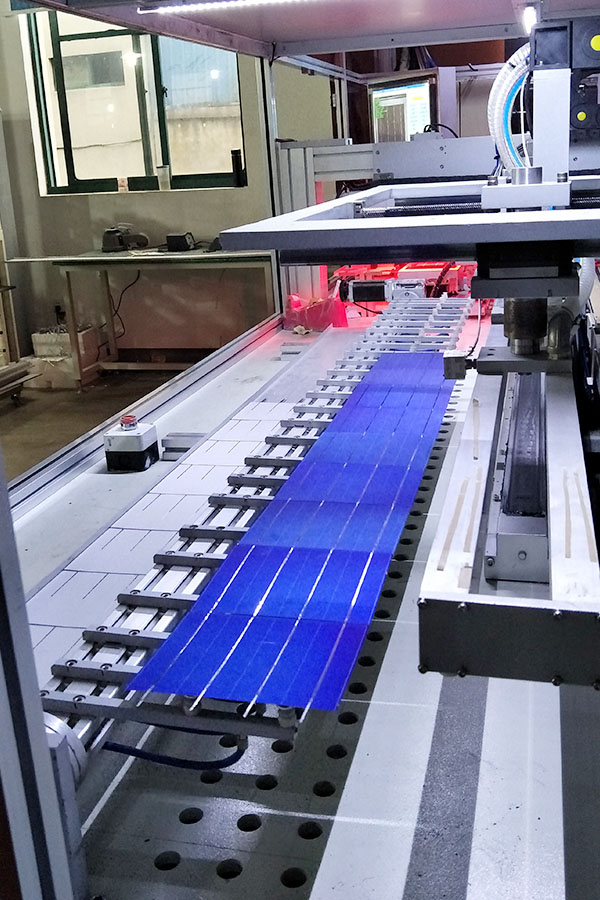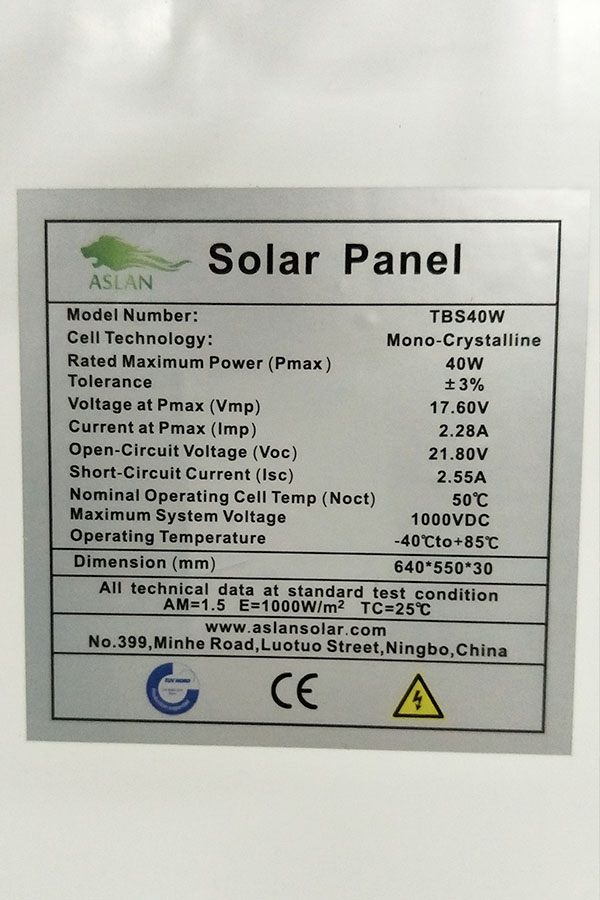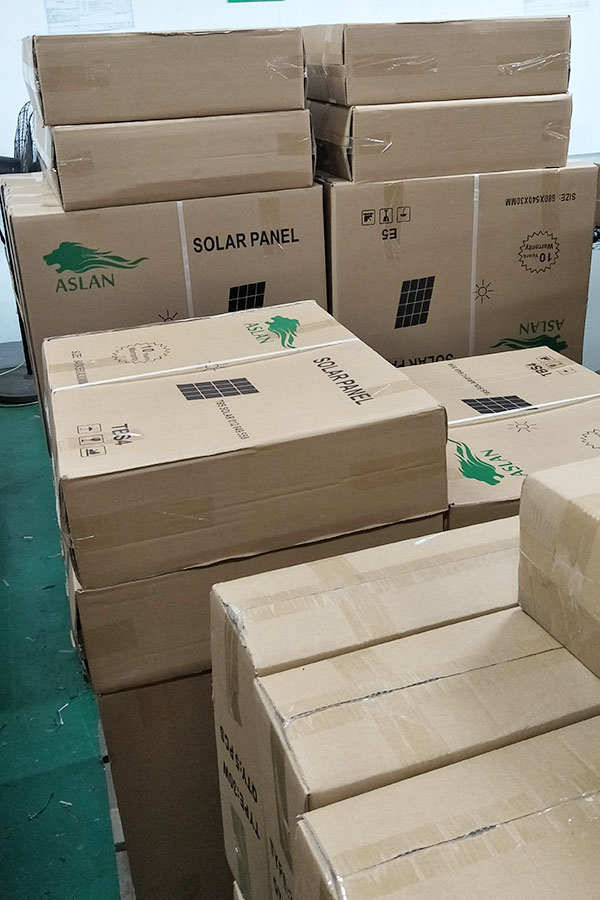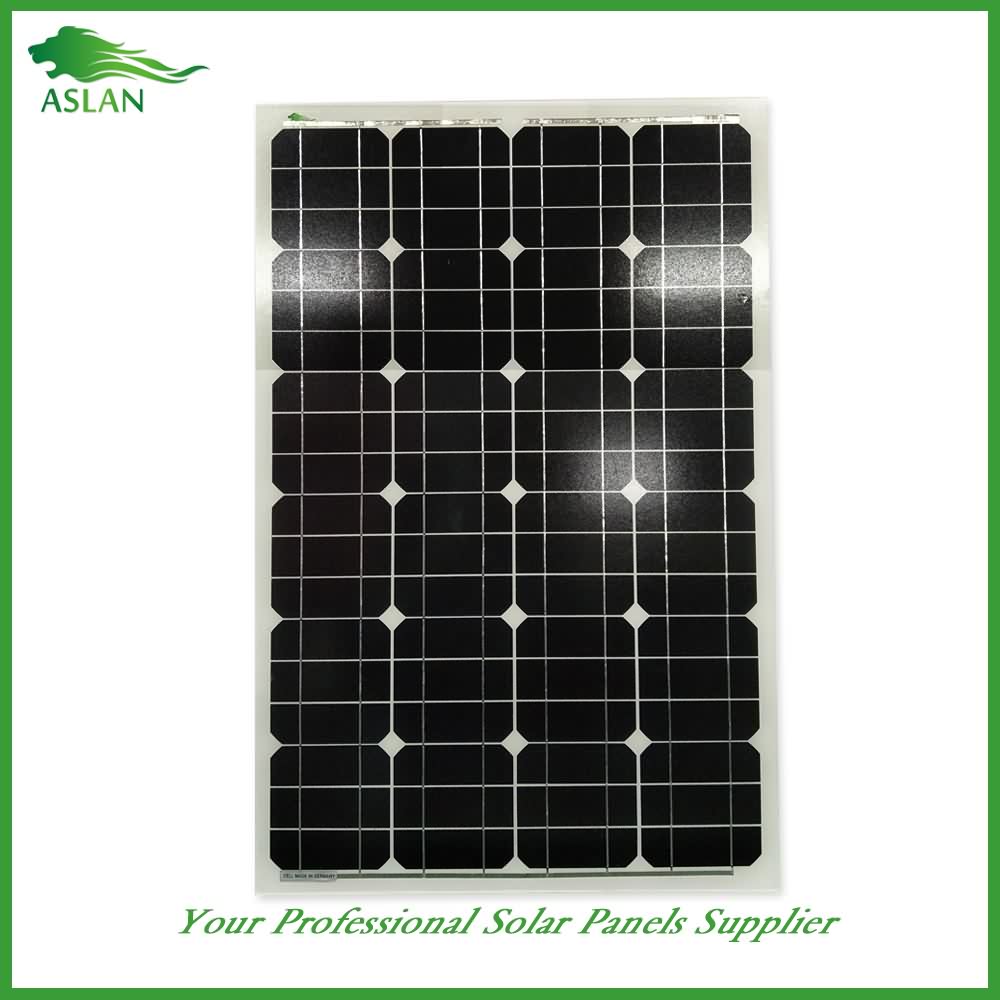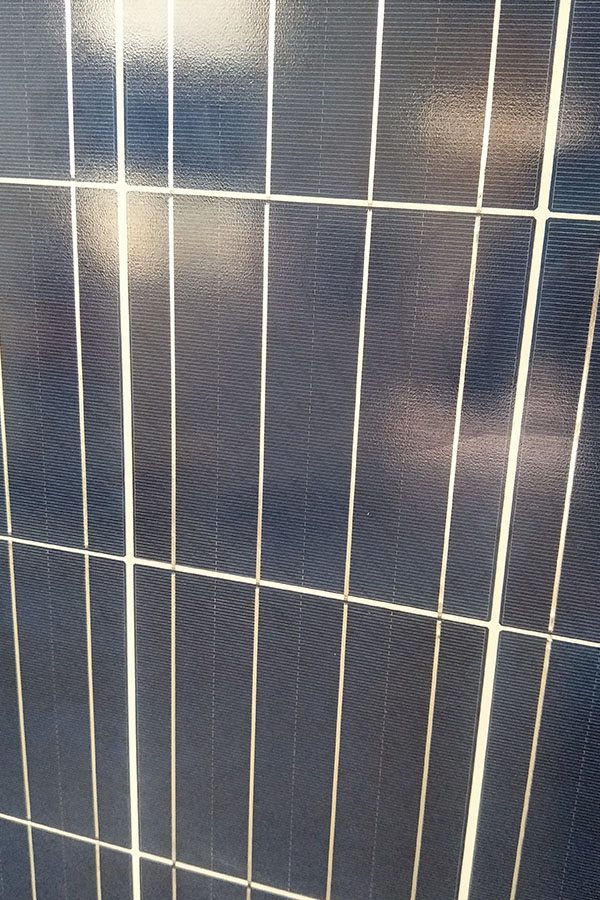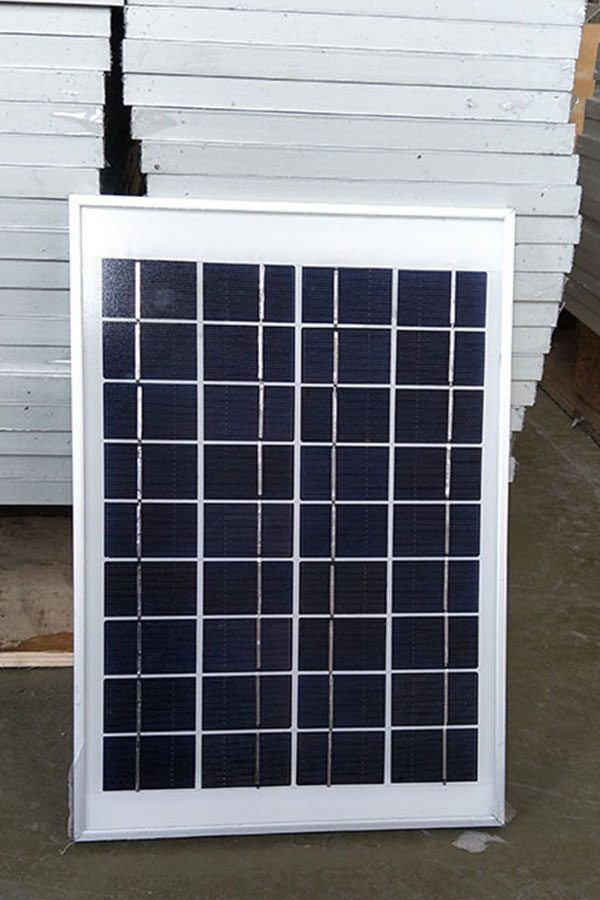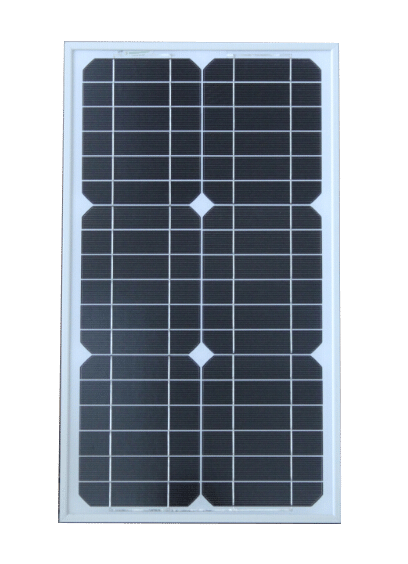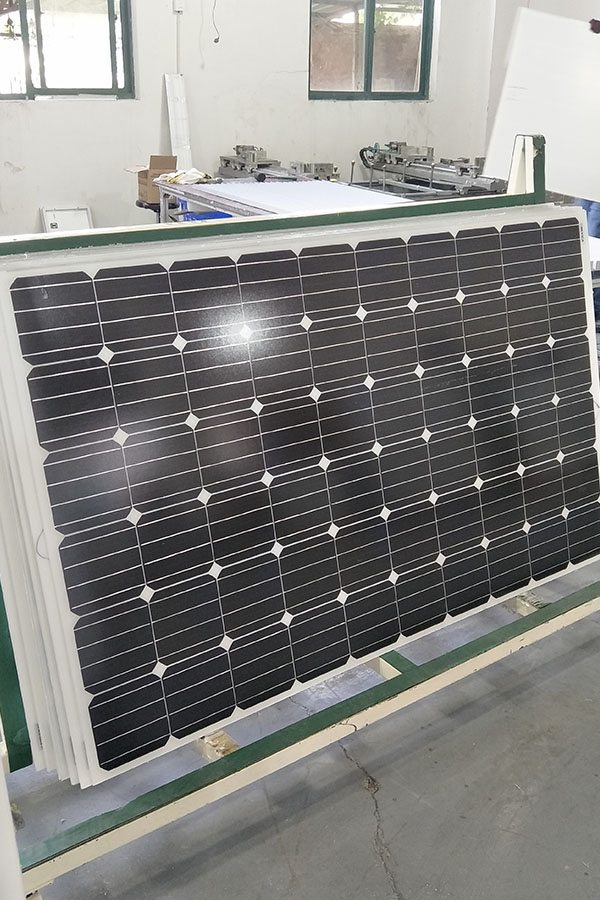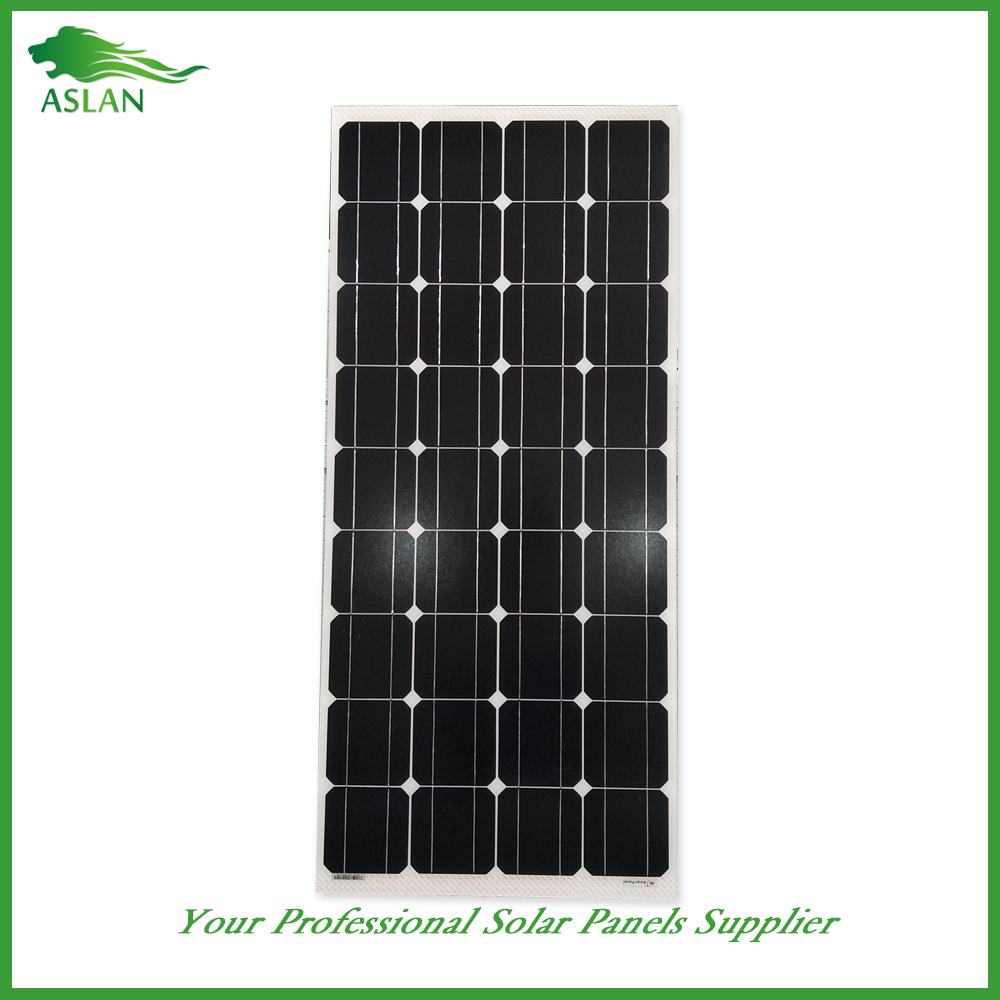8 Years manufacturer Poly-crystalline Solar Panel 3W to Serbia Importers
Short Description:
Our well-equipped facilities and excellent quality control throughout all stages of production enables us to guarantee total customer satisfaction for 8 Years manufacturer Poly-crystalline Solar Panel 3W to Serbia Importers, Welcoming interested companies to cooperate with us, we look forward to having the opportunity of working with companies around the world for joint growth and mutual success.
Poly-crystalline Solar Panel 3W
Technical parameter
Maximum Power(W) 3W
Optimum Power Voltage(Vmp) 9V
Optimum Operating Current(Imp) 0.34A
Open Circuit Voltage(Voc) 10.8V
Short Circuit Current(Isc) 0.37A
Mechanical Characteristics
Cell Type Polycrystalline
No of Cell 18 (2x9pcs)
Dimensions 145x245x18mm
Weight 0.52KGS
Front Glass 3.2mm,High Transmission, Low Iron,Tempered Glass
Temperature and Coefficients
Operating Temperature(°C): -40°C ~ + 85°C
Maximum System Voltage: 600V(UL)/1000V(IEC) DC
Maximum Rated Current Series: 10A
Temperature Coefficients of Pmax: -0.435%
Temperature Coefficients of Voc: -0.35%
Temperature Coefficients of Isc: 0.043%
Nominal Operationg Cell Temperature (NOCT): 47+/-2°C
Materials of solar panel
1).Solar Cell——Polycrystalline solar cell 156*156mm
2).Front Glass——-3.2mm, high transmission, low iron, tempered glass
3).EVA——-excellent anti-aging EVA
4).TPT——-TPT hot seal made of flame resistance
5).Frame——anodized aluminum profile
6).Junction Box——-IP65 rated, high quality, with diode protection
Superiority: high quality anodized aluminum frame, high efficiency long life, easy installation, strong wind resistance, strong hail resistance.
Features
1. High cell efficiency with quality silicon materials for long term output stability
2. Strictly quality control ensure the stability and reliability, totally 23 QC procedures
3. High transmittance low iron tempered glass with enhanced stiffness and impact resistance
4. Both Poly-crystalline and Mono-crystalline
5. Excellent performance in harsh weather
6. Outstanding electrical performance under high temperature and low irradiance
Quality assurance testing
Thermal cycling test
Thermal shock test
Thermal/Freezing and high humidity cycling test
Electrical isolation test
Hail impact test
Mechanical, wind and twist loading test
Salt mist test
Light and water-exposure test
Moist carbon dioxide/sulphur dioxide
Spiitz doesn’t mess around. Due diligence was exerted in researching and sourcing the highest quality material at the lowest possible price. We collaborated electronically over the weeks leading up to the build with Spiitz driving the design and me providing relevant links and technical advice.
Spiitz had everything we needed on hand except a few weatherproof electrical boxes and some odds and ends I brought along from my shop. He chose high density Tri-Chip High Output strip 300 LED elements per 5 meter length. Each LED element has three diodes, Red, Green, and Blue. 4 conductor ribbon wire is standard for installation.
Testing revealed a substantial impedance over 60 foot of 22 gauge ribbon wire (1.1 ohm) that resulted in a substantial difference in light output. Due to the construction and amp requirements of a 5 meter strip of 300 LED material a loop back to the controller is recommended every 5 meters.
One run of lighting needed to be an uninterrupted strip of 23 feet. To minimize and balance impedance we located the controller in the physical center of our lighting below the deck and used 18 gauge multiconductor wire from the controller to weatherproof boxes. We then used terminal blocks to make the connection to pairs of ribbon wires run up through the deck. We powered the 23 foot strip from each end to ensure even lighting,
No details were left unattended, every lead was tinned, every connection covered in heat shrink. On first power every LED lit simultaneously as we had expected. Lighting was perfectly even throughout.
The strips install into a tiny aluminum extrusion set into a dado channel made on my table saw. It would have been impossible to run these 16 foot 2 x 8 pressure treated rails through my little saw without Spiitz expertly tailing the long end of the lumber. Every step of the way Spiitz was there soaking up the process and putting his rather large collection of tools to use.
And without the hospitality extended by his Wife, I would have been sleeping under that deck. I hope you guys enjoyed the video. Sub Like Share
2016 End of Year Research Update Seminar 2 of 4:
UNSW School of Photovoltaic and Renewable Energy Engineering
UNSW PV Impact
Martin Green
UNSW SPREE &
Australian Centre for Advanced Photovoltaics (ACAP)
To view complete with slides:
http://www2.pv.unsw.edu.au/videos/Martin-Green-8December2016/
To view additional seminars:
https://www.engineering.unsw.edu.au/energy-engineering/public-research-seminars
Homepage: http://www.pv.unsw.edu.au
Professor Martin Green speaks on the past and current impact of the UNSW PV Group on both research and the production of silicon solar cells.
Projections of the world’s future energy needs have been analysed by Bloomberg and Prof. Green shows how photovoltaic technology is and will be an important tool in meeting these energy needs.
UNSW will be working toward the production and transfer to industry of the PERC technology as well as the development of viable tandem cells.
Brief Bio:
Martin Green is currently a Scientia Professor at the University of New South Wales and Director the Australian Centre for Advanced Photovoltaics (ACAP). He was formerly a Director of CSG Solar, a company formed specifically to commercialise the University’s thin-film, polycrystalline-silicon-on-glass solar cell. His group’s contributions to photovoltaics are well known including the records for the world’s highest efficiency silicon solar cells and the successes of several spin-off companies.
Professor Martin Green has 621 refereed papers in scientific and technical journals and 150 refereed conference papers.
He is the author of six books on solar cells and numerous papers in the area of semiconductors, microelectronics, optoelectronics and solar cells.
Some of Professor Green’s awards and listed below:
1988 Award for Outstanding Achievement in Energy Research
1990 IEEE Cherry Award
1992 CSIRO External Medal
1995 IEEE Ebers Award
1999 Australia Prize (co-winner with Stuart Wenham)
2000 Gold Medal from the Spanish Engineering Academy
2000 Medal of Engineering Excellence for Distinguished Achievement in the Service of Humanity from the World Engineering Federation (Hannover, 2000)
2000 Millennium Award from the World Renewable Congress
2002 Right Livelihood Award
2003 Karl Böer Solar Energy Medal of Merit Award from the University of Delaware
2004 World Technology Award for Energy
2006 Finalist, European Inventor of the Year (together with Stuart Wenham)
2007 SolarWorld Einstein Award
2008 Winner, 2008 Scientist of the Year Award
2009 Zayed Future Energy Prize finalist
2013 Foreign Member of the Royal Society (ForMemRS) of London
2015 James Cook Medal of the Royal Society of New South Wales
2016 Ian Wark Meda of the Australian Academy of Science

